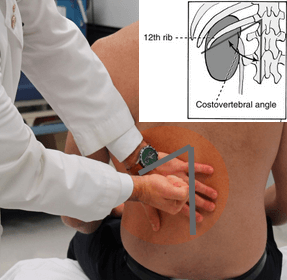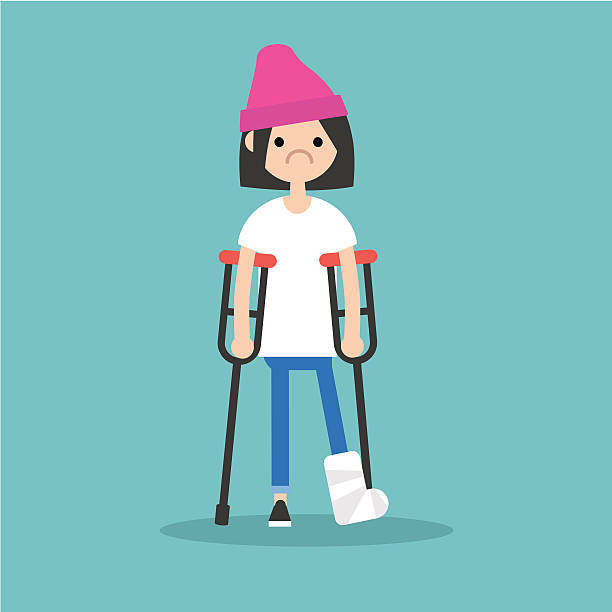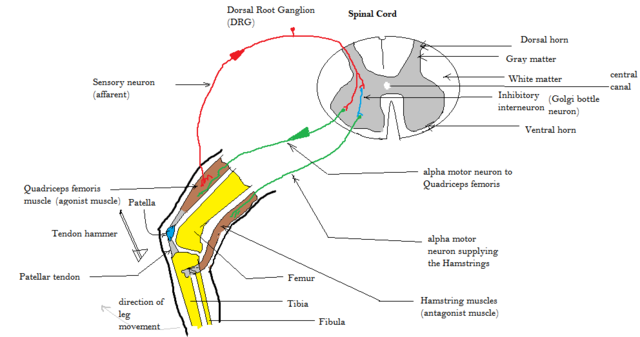Synonyms: Murphy’s kidney punch, CVA tenderness (CVAT)
Anatomy of Costovertebral angle or Renal angle:
Costovertebral angle is formed by the junction of the 12th, or lowermost, rib with the paravertebral muscles, which run parallel to and on both sides of the vertebral column.
Eliciting costovertebral angle tenderness:

Position of patient: Sitting or Prone
It is performed by striking the fist of one hand against the dorsal surface of the other hand, which is placed flat along the posterior CVA margin. Normally, percussion in CVA should not elicit tenderness.
Causes of costovertebral angle tenderness:
- Acute pyelonephritis
- Calculi
- Renal artery occlusion
- Perinephric abscess
References:
- Nursing Know-how: Evaluating signs & symptoms – Lippincott Williams & Wilkins
- Varney’s Midwifery – By Helen Varney, Helen Varney Burst, Jan M. Kriebs, Carolyn L. Gegor
- Emergency and Trauma Care for Nurses and Paramedics – By Kate Curtis, Clair Ramsden


